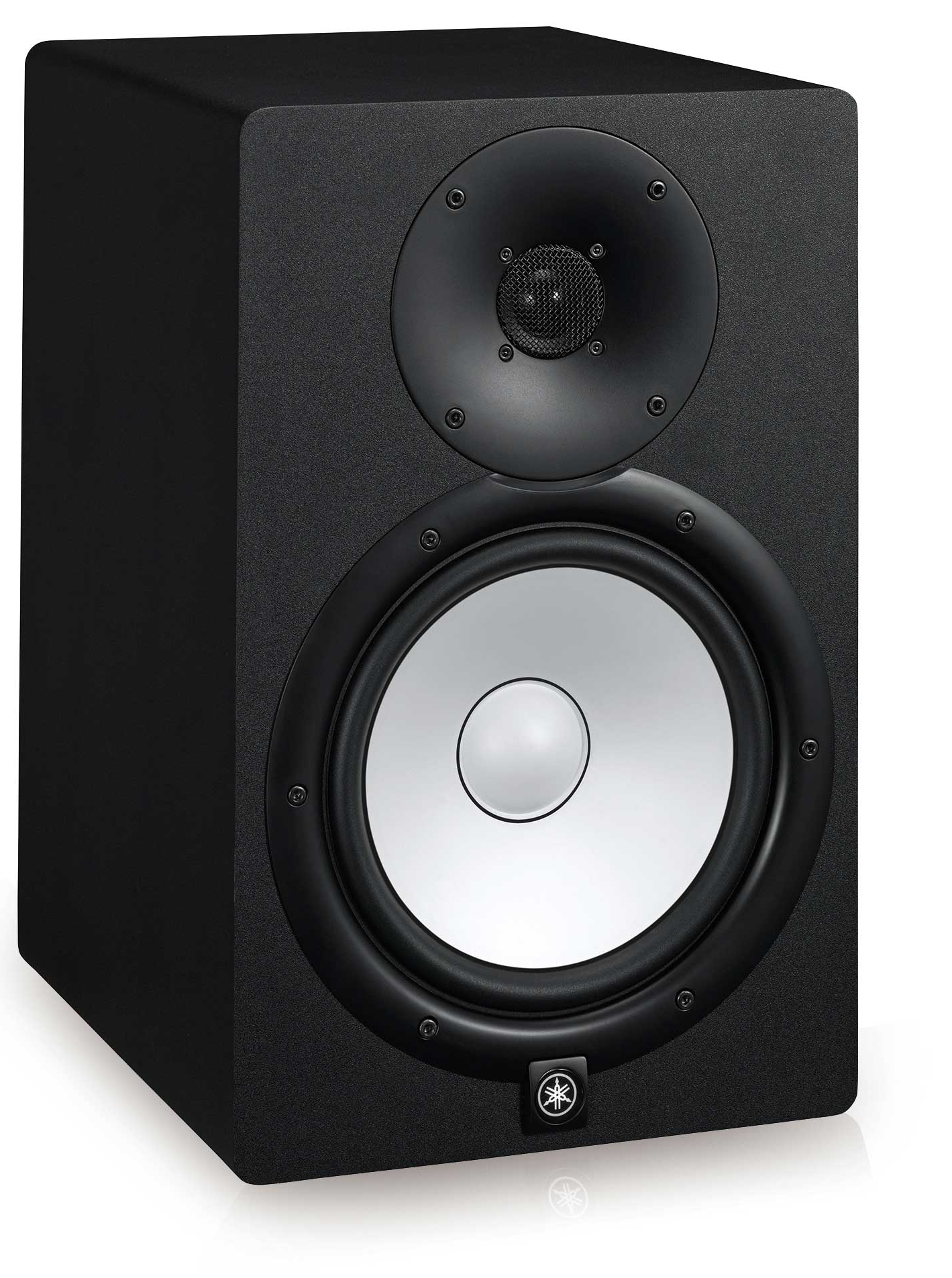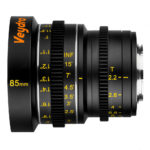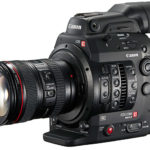
REVIEW: Nearfield Audio Monitors Group Test
Posted on Dec 21, 2015
Back in the day, editors cut picture looking at a blurry, over-compressed image. Often it seemed that 4 by 3 wasn’t just the aspect ratio – it was the number of pixels. As far as sound went, you could get the dialogue about right, and maybe add some music, but that was it.
Nowadays, executive producers want to see something very close to the finished film when they sit in on a screening. The picture must look good, and sound is expected to be mixed, with music and sound effects spotted in. The scratchy, cheap computer speakers that graced many edit suites simply won’t cut today’s crème anglaise.
With that in mind, we wanted to have a look at powered, near-field monitors that are a step above the average. That meant looking for units with some bass extension – often a reasonably low frequency effect just can’t be heard in the edit suite – and that meant 8” main drivers. Equally, we didn’t want to break the bank – these have to be practical for an edit suite, not a final mixing room.
So, we have assembled monitors from Yamaha, with their HS8, Mackie’s MR8 Mk III, M-Audio’s BX8 D2, and KRK’s RP8 RoKit G3. We’ll try them in both small and large rooms, sonically untreated (apart from the usual soft furnishings, and the sofa that’s a must for the editor’s afternoon nap) – in other words, in as real a situation as possible.
As far as inputs go, all the monitors offer remarkably similar options. Each has balanced XLR and balanced/unbalanced 1/4” jack, though the Mackie and KRK also include unbalanced RCA phono. They all have roughly the same power outputs, they’re roughly the same size, they’re all two way with reflex ports and all have, basically, the same spec sheets.
 KRK’s RP8 RoKit G3.
KRK’s RP8 RoKit G3.
But they all sound completely different.
Let’s start with the M-Audio BX8 D2. These good looking speakers have a woven kevlar low-frequency driver, with a rear reflex port and silk tweeters. In common with the other monitors on test, they are bi-amped with an active crossover and can deliver a total of 130 watts – 70 watts low-frequency and 60W into the tweeter. They are the least well specified of the bunch, in terms of rear panel controls. There’s an (uncalibrated) volume control, and the XLR and 1/4” jack inputs, but that’s your lot – if you want to tweak the frequency response of the units to suit your room, you’ll need to do it externally. They are the cheapest of the bunch at an astonishing £160 a pair (plus VAT).
The Mackie MR8 Mk III have a polypropylene woofer with an inverted centre – maintaining the conical shape rather than doming out like the others. Once again, they have a silk tweeter and are bi-amped with 55W for the woofer and 30W for the tweeter. The rear panel has the usual XLR and jack inputs, but also that unbalanced RCA phono. There is a volume control without any calibrated marks but, unlike the M-Audio offering, here you get two levels of low frequency boost (+2dB or +4dB at 100Hz) and ±2dB of high frequency boost or cut at 3kHz and above. They cost around £355 plus VAT for a pair.
 Mackie’s MR8 Mk III.
Mackie’s MR8 Mk III.
The Yamaha HS8 nods to its heritage. Yamaha’s NS10M (unpowered) monitor was the de-facto standard for recording studios around the world for decades – and you still see them everywhere today. There is an urban myth that legendary mixer/producer Bob Clearmountain kicked off their popularity because they were the worst speakers he could find (it’s not true, but never let the facts get in the way of a good myth). NS10Ms had white speaker cones, and the HS8s echo that styling detail. Unlike the NS10Ms, however, the HS8s include 75W amps for the low frequency driver and 45W for the tweeter. Around the back is the bass reflex port, a large, finned heat-sink for the amps, XLR and jacks inputs and a volume control – calibrated with a detent at the centre position for +4dBu nominal input and -10dBV at full gain. The HS8 also has switches for bass cut (-2dB or -4dB at 500Hz) and high frequency boost/cut (±2dB above 2kHz). A pair will set you back around £340 plus VAT.
 Yamaha’s HS8.
Yamaha’s HS8.
The final speaker in our test is the unfeasibly named KRK RP8 RoKit G3. This is the only speaker of the bunch with a front firing bass reflex port, which should make it easier to place in a room. It has a 75W amp for the shocking yellow woofer and 25W for the tweeter. The rear panel features XLR, jack and RCA phono inputs, and a gain control calibrated from -30dB to +6dB. The HF trim control allows for 1 or 2dB cut and 1dB boost (at an unspecified frequency). There is LF adjustment of 1 or 2dB cut and 2dB boost (again, frequency unspecified). They cost around £350 plus VAT for a pair.
So much for the specs – the proof of the pudding is in the listening.
The M-Audios are remarkable value for money, with a well balanced sound that didn’t seem to suffer too much with even silly room placement. However, they can’t keep up with the others in this group. They didn’t have the bass response of the KRKs or Mackies, the sound muddies up with complex music and/or effects mixes, and their stereo imaging was the weakest. However, given their price these criticisms are a little unfair – they represent excellent value for money.
The Mackies and KRKs are, perhaps, the nicest sounding monitors here. The Mackie in particular has great bass extension and is very musical and pleasant to listen to, with pretty decent stereo imaging – bettered only by the Yamahas. The KRKs are the only monitors here that have amplifiers that go into standby automatically. As soon as they detect audio, they turn on again – though this takes a second or so. The KRKs shine at low volumes – though the units supplied for review were the only ones of the bunch that were used, and all the others improved as they ‘ran in’. Nevertheless, at ‘civilised’ edit suite volumes the KRKs had the best bass response and control.
It was, however, the Yamaha HS8s that shone. They share more than just the white speaker cone with their NS10M predecessors – in many ways they are as just as hard to listen to. These are not speakers I would choose for home hi-fi. Like the NS10Ms they are extremely detailed – almost harsh – particularly in the high mid-range. They present sounds exceptionally well separated, especially dialogue, aided by remarkable stereo imaging. None of the others where even close in this respect, and this accurate placement of sounds in the stereo field really helps you to concentrate on the different elements. They fall down on bass response in comparison to all the other units here – particularly at the low volumes of an edit suite – though they started to run in and improve towards the end of the review period. I would have preferred a control for bass boost rather than just cut for this reason. They were also quite sensitive to room placement, though this was more evident at higher volumes than you would use every day.
Though the Yamahas were the undoubted stars of this show, I would be happy to work with any of these near-field monitors. They all represent amazing value for money, particularly the M-Audios – as a comparison, NS10Ms were over £700 a pair and you had to buy an amplifier as well (and that was back when £700 was a lot of money). You do pay for the performance of these monitors in size – they are all pretty big, so you may need dedicated stands. However, the detail they reveal – particularly with dialogue and sound effects in our increasingly complex mixes – make them worth the effort.













